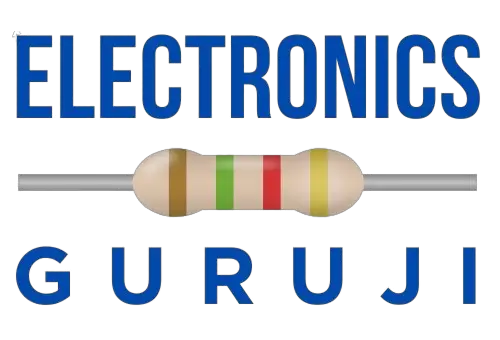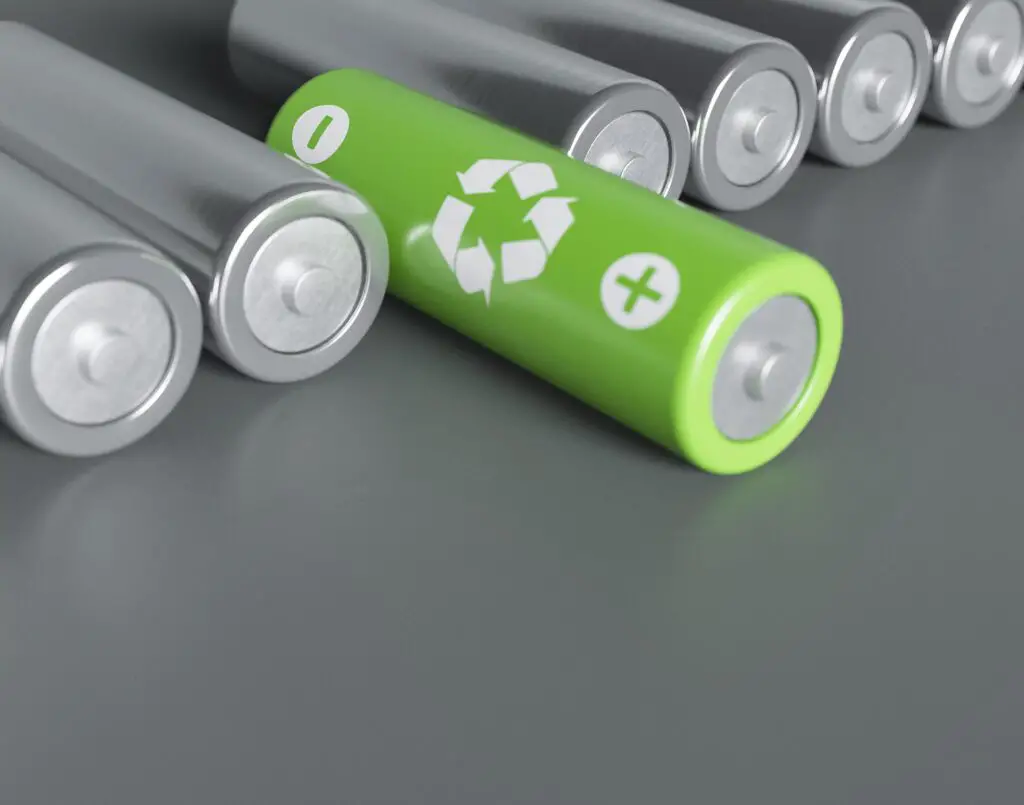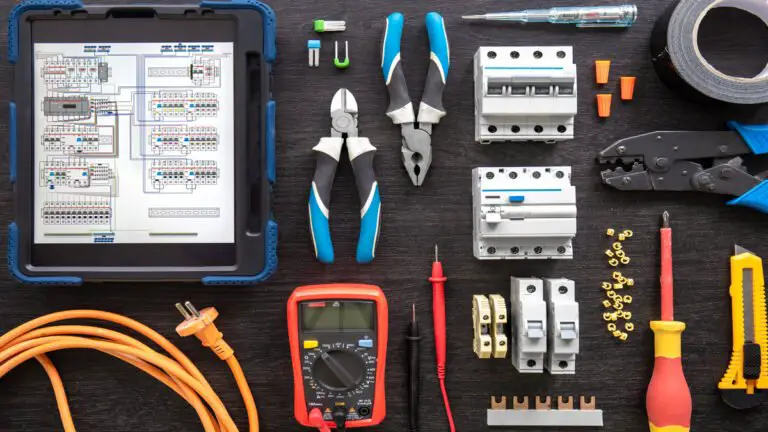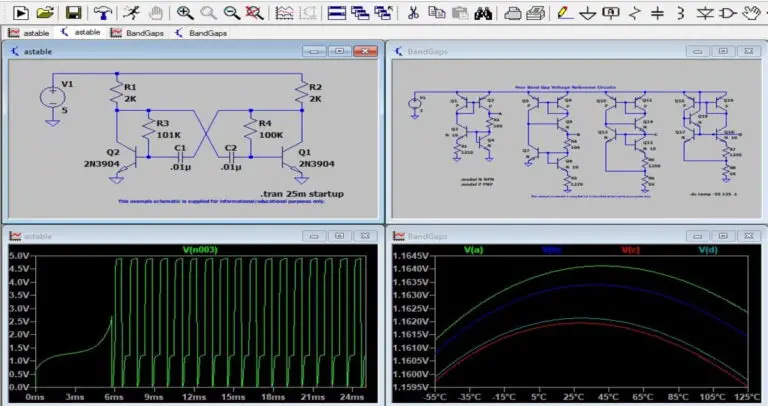Sodium battery technology, also known as Na-ion battery technology, is an exciting and rapidly advancing area of research. Its primary objective is to offer a sustainable and cost-effective alternative to conventional lithium-ion batteries. Just like lithium-ion batteries, sodium batteries store and release energy by facilitating the movement of ions between two electrodes: the anode and the cathode. However, what distinguishes sodium batteries is the utilization of sodium ions as the charge carriers instead of lithium ions.
In this article, we will delve deep into the world of sodium batteries, exploring their working principles, advantages, limitations, and potential applications. So, grab a cup of coffee and join us on this fascinating journey to understand how sodium battery technology is shaping the future of energy storage.
Page Contents
How do Sodium Batteries Work?
Sodium batteries operate on the principle of ion intercalation, wherein sodium ions move between the anode and cathode during charge and discharge cycles. Let’s take a closer look at their working mechanism:
- Charging Process: During the charging process, sodium ions (Na⁺) are extracted from the cathode material and move through an electrolyte solution towards the anode. The anode material, typically made of carbon, acts as a host for these sodium ions.
- Discharging Process: When the battery is in use, the reverse process occurs. The sodium ions migrate from the anode back to the cathode through the electrolyte, releasing stored energy in the process. This energy can be harnessed to power various applications, ranging from portable electronic devices to electric vehicles.
It is important to note that the success of sodium battery technology relies on the development of suitable electrode materials, electrolytes, and cell designs that can enhance the battery’s performance and overall efficiency.
Advantages of Sodium Battery Technology
Sodium battery technology brings several advantages over traditional lithium-ion batteries. Let’s explore some of these benefits:
- Abundance and Cost: Sodium, being one of the most abundant elements on Earth, offers a cost-effective alternative to lithium, which is relatively scarce. The lower cost of sodium translates into more affordable batteries, driving the widespread adoption of sodium battery technology.
- Safety: Sodium batteries exhibit higher thermal stability compared to lithium-ion batteries, reducing the risk of thermal runaway and related safety hazards. This makes sodium batteries an attractive option for applications where safety is paramount, such as electric vehicles and grid-scale energy storage.
- Environmental Impact: Sodium is an environmentally friendly element, and its extraction and processing have a lower ecological footprint compared to lithium. By utilizing sodium battery technology, we can reduce our reliance on lithium mining, contributing to a more sustainable and eco-friendly energy landscape.
- High Energy Density: Researchers have made significant progress in improving the energy density of sodium batteries, allowing them to store more energy in a compact and lightweight package. This opens up opportunities for their use in various applications, including consumer electronics, renewable energy systems, and transportation.
Limitations and Challenges
While sodium battery technology shows immense potential, there are still limitations and challenges that researchers are actively addressing:
- Lower Energy Density: Currently, sodium batteries have lower energy density compared to lithium-ion batteries. This means they can store less energy per unit volume or weight, limiting their application in devices or systems that require high energy densities. However, ongoing research and development efforts aim to improve the energy density of sodium batteries.
- Cycling Stability: Sodium batteries face challenges in maintaining long-term cycling stability. Over repeated charge and discharge cycles, the battery’s performance can degrade due to the growth of sodium dendrites, which can cause short circuits and reduce overall efficiency. Scientists are actively exploring strategies to mitigate this issue and enhance the cycling stability of sodium batteries.
- Limited Commercial Availability: While sodium battery technology holds great potential, it is still in the early stages of development. Commercially available sodium batteries are relatively limited compared to widely researched and adopted lithium-ion batteries. However, with increasing investment and research focus, the availability of sodium batteries is expected to improve in the coming years.
- Electrode and Electrolyte Optimization: The performance of sodium batteries heavily relies on the choice of electrode materials and electrolytes. Researchers are continuously exploring new materials and optimizing their composition to enhance the efficiency, stability, and lifespan of sodium batteries. These advancements will play a crucial role in unlocking the full potential of sodium battery technology.
Sodium Battery Technology Applications
Sodium battery technology holds promise for a wide range of applications, contributing to a cleaner and more sustainable energy future. Let’s explore some of the potential applications of sodium batteries:
- Grid-Scale Energy Storage: Sodium batteries can be utilized for large-scale energy storage applications, such as grid-level energy storage systems. These batteries can store excess renewable energy generated during peak production periods and release it during periods of high demand, helping to stabilize the grid and improve the integration of renewable energy sources.
- Residential Energy Storage: Sodium batteries can be installed in residential settings to store energy generated from solar panels or other renewable sources. This allows homeowners to reduce their reliance on the grid and maximize the utilization of clean energy. Sodium batteries offer a cost-effective and environmentally friendly solution for residential energy storage.
- Electric Vehicles: Sodium battery technology has the potential to power electric vehicles (EVs) in the future. The abundance of sodium and its lower cost compared to lithium make sodium batteries an attractive option for EV manufacturers. With further advancements in energy density and cycling stability, sodium batteries could provide a viable alternative to lithium-ion batteries in the automotive industry.
- Portable Electronics: Sodium batteries can also find applications in portable electronic devices, such as smartphones, tablets, and laptops. Their lower cost and improved safety features make them an appealing choice for manufacturers, especially as sustainability and environmental impact become key considerations in the electronics industry.
- Remote Off-Grid Systems: In remote areas or off-grid locations, sodium batteries can be used to provide reliable and sustainable power. These systems can store energy from renewable sources or conventional generators, ensuring a stable power supply even in remote or underserved regions.
Frequently Asked Questions (FAQs)
Q. Are sodium batteries safer than lithium-ion batteries?
A. Yes, sodium batteries are generally considered safer than lithium-ion batteries due to their higher thermal stability. Sodium batteries have a lower risk of thermal runaway, which can lead to battery fires or explosions.
Q. Can sodium batteries completely replace lithium-ion batteries?
A. While sodium batteries hold promise, it is unlikely that they will completely replace lithium-ion batteries. However, sodium batteries can complement lithium-ion batteries by serving specific applications where their unique advantages, such as cost-effectiveness and safety, are advantageous.
Q. What are the main challenges in sodium battery technology?
A. Some of the main challenges in sodium battery technology include improving energy density, enhancing cycling stability, optimizing electrode and electrolyte materials, and increasing commercial availability.
Q. Can sodium batteries store renewable energy efficiently?
A. Yes, sodium batteries can store renewable energy efficiently. Sodium batteries are well-suited for storing excess energy generated from renewable sources, such as solar or wind power. This stored energy can then be used during times of high demand or when the renewable sources are not actively generating power.
Q. What is the lifespan of a sodium battery?
A. The lifespan of a sodium battery depends on various factors, including its usage, charging and discharging cycles, and the quality of the battery components. With proper care and maintenance, sodium batteries can have a lifespan similar to or even longer than lithium-ion batteries.







